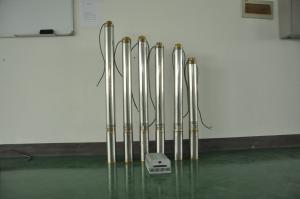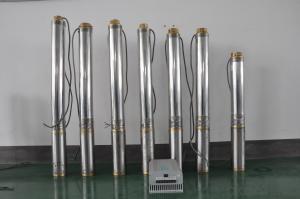DC Brushless Solar water pump
- Loading Port:
- Shanghai
- Payment Terms:
- TT OR LC
- Min Order Qty:
- -
- Supply Capability:
- 300 set/month
OKorder Service Pledge
Quality Product, Order Online Tracking, Timely Delivery
OKorder Financial Service
Credit Rating, Credit Services, Credit Purchasing
You Might Also Like
how is the rotor made:
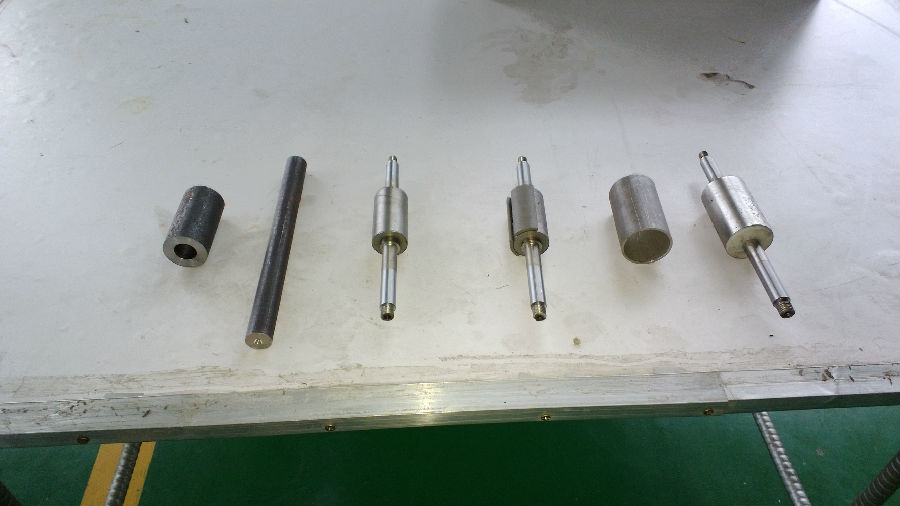
how is the motor made:
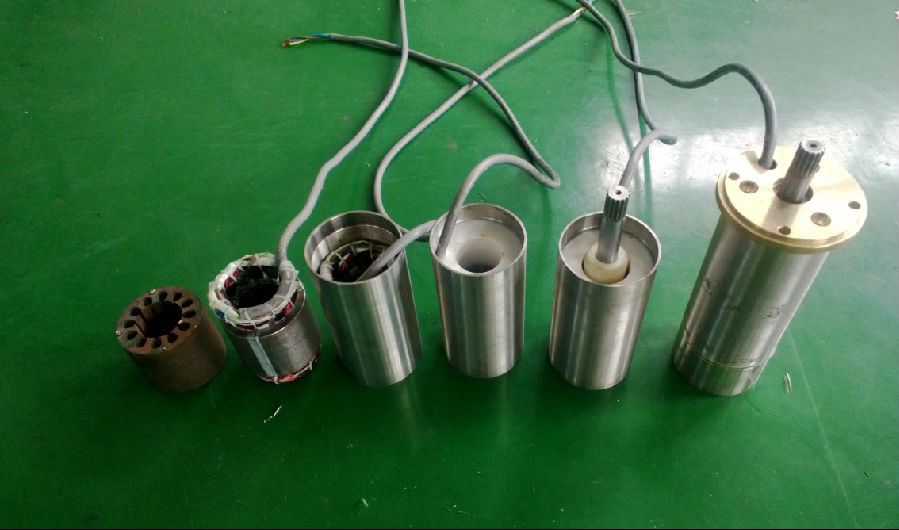
the pump :

controller terminal connection:
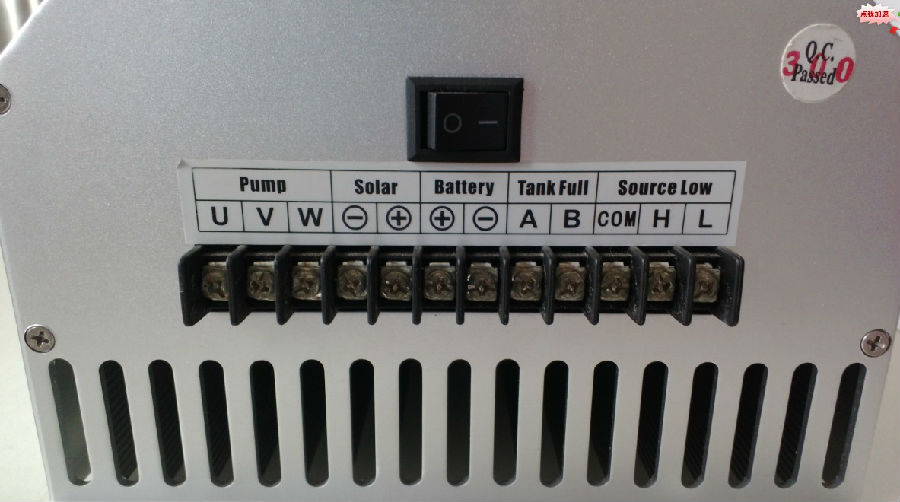
The permanent magnet:
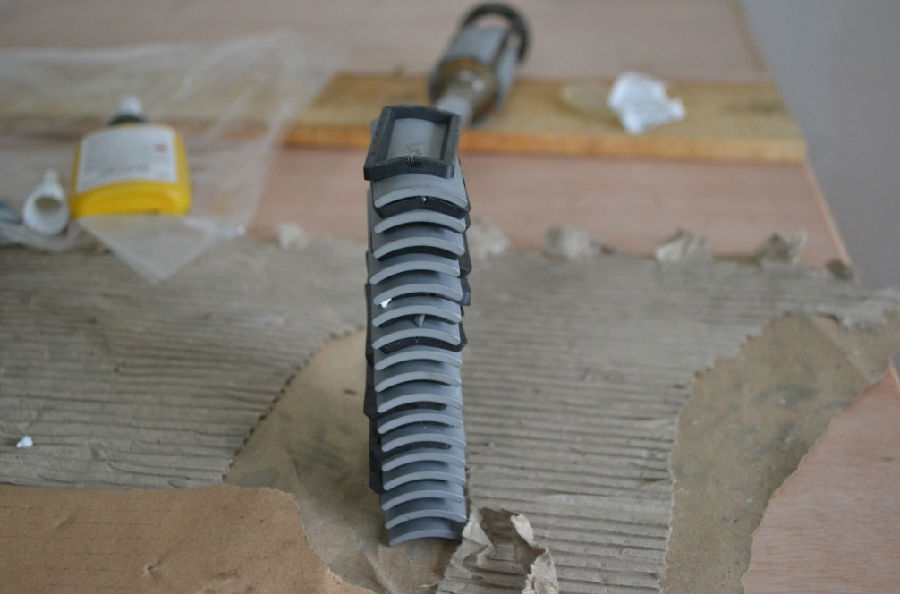
the impeller:

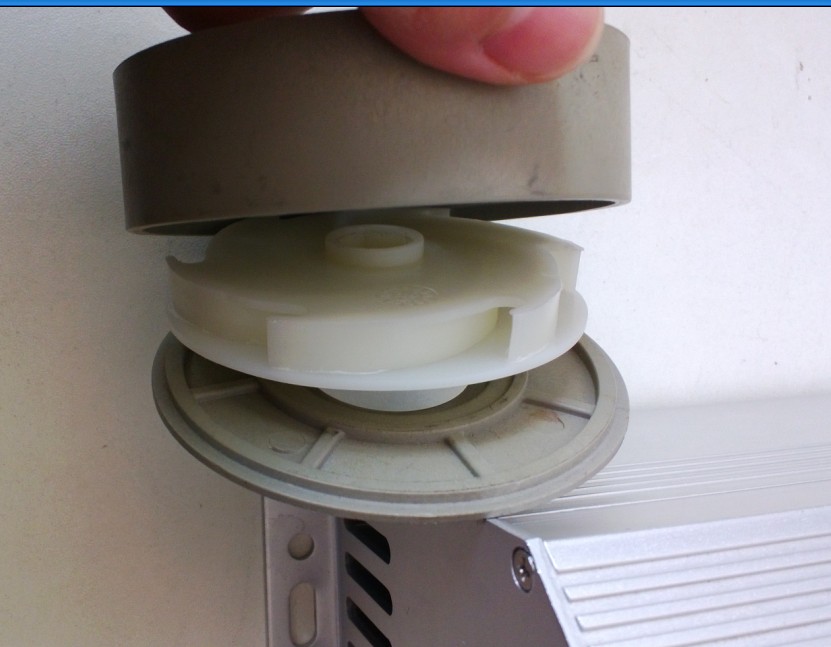
controller box:
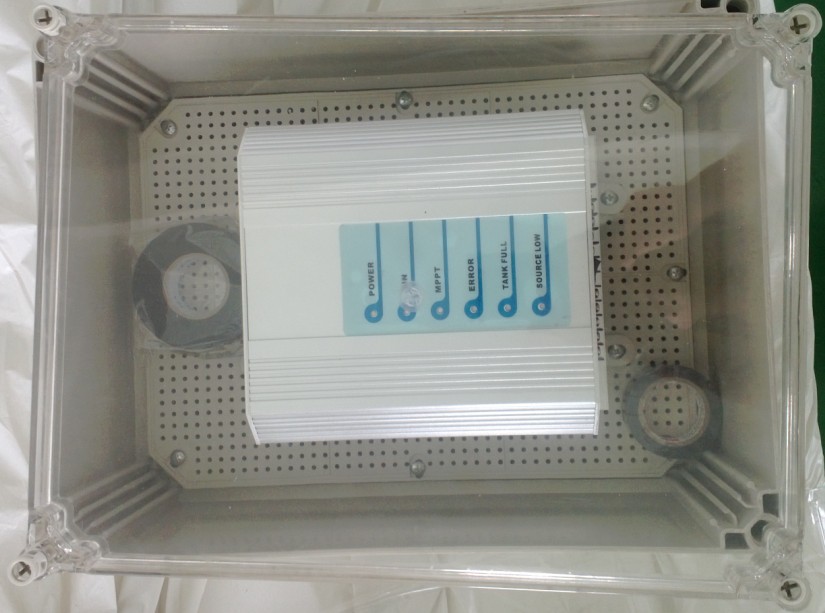
the senors:
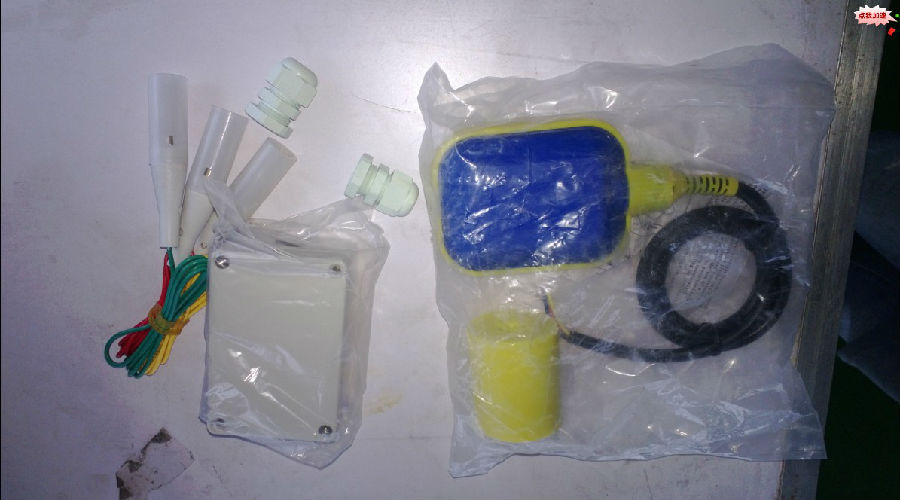
the test:
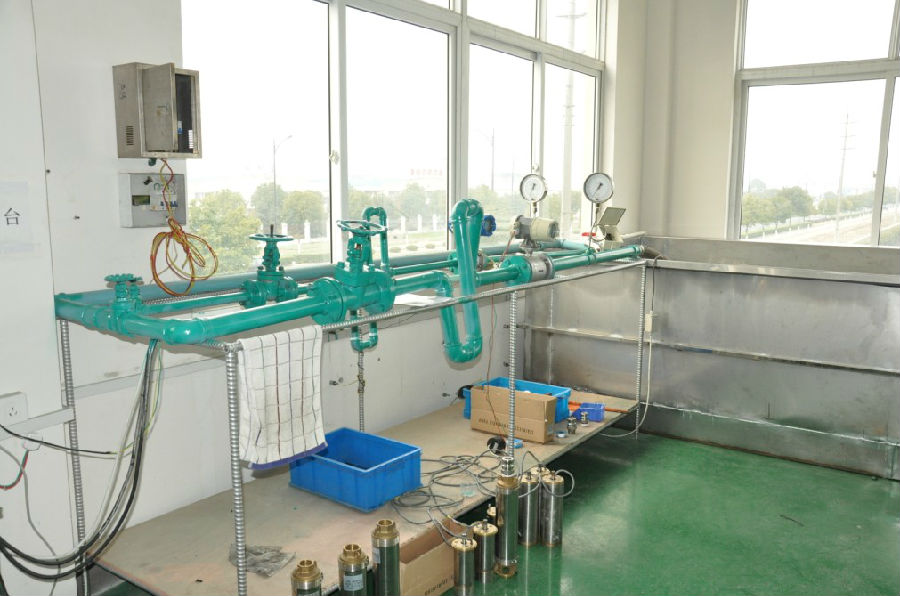
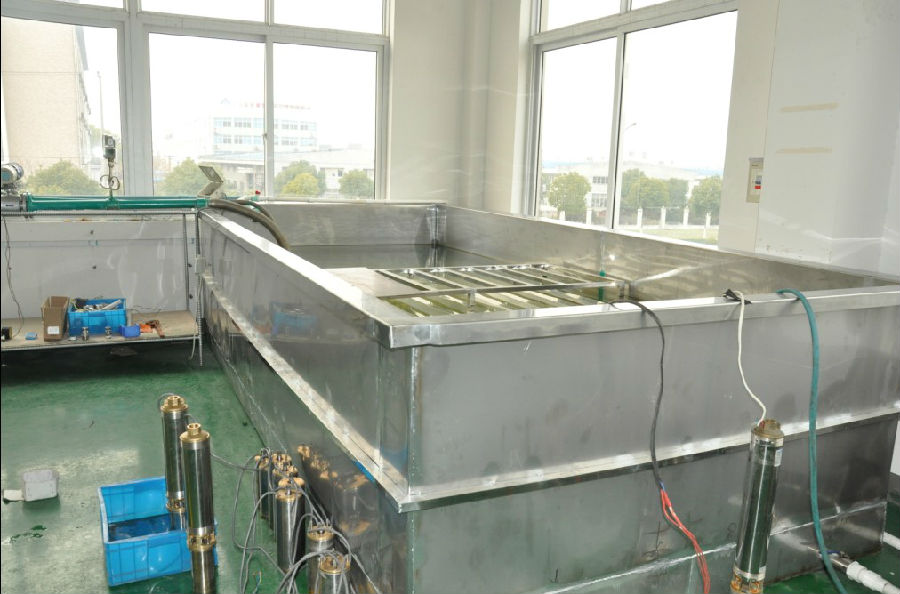
the application:


the package:
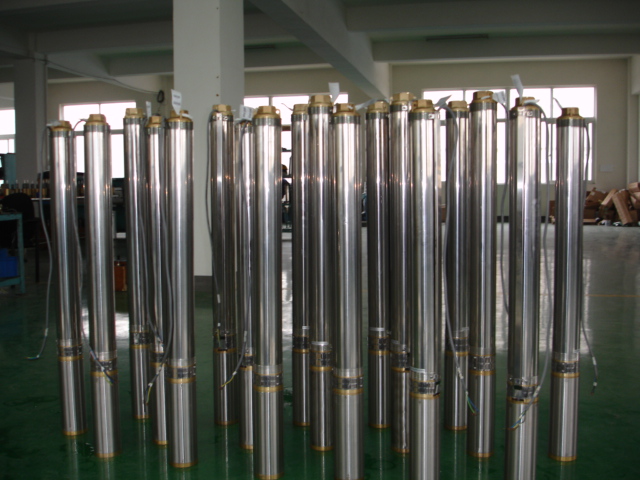
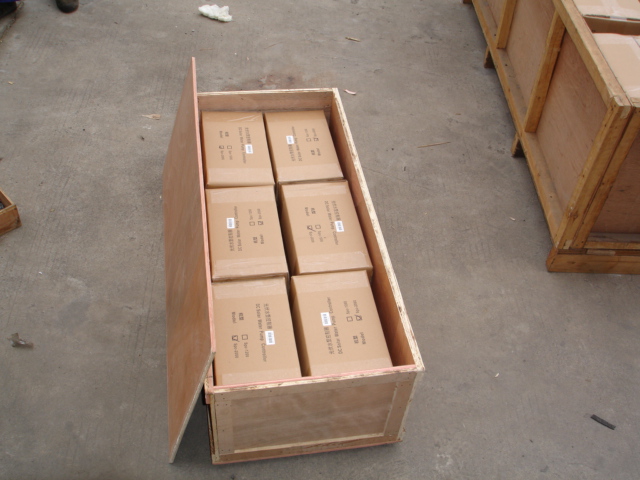
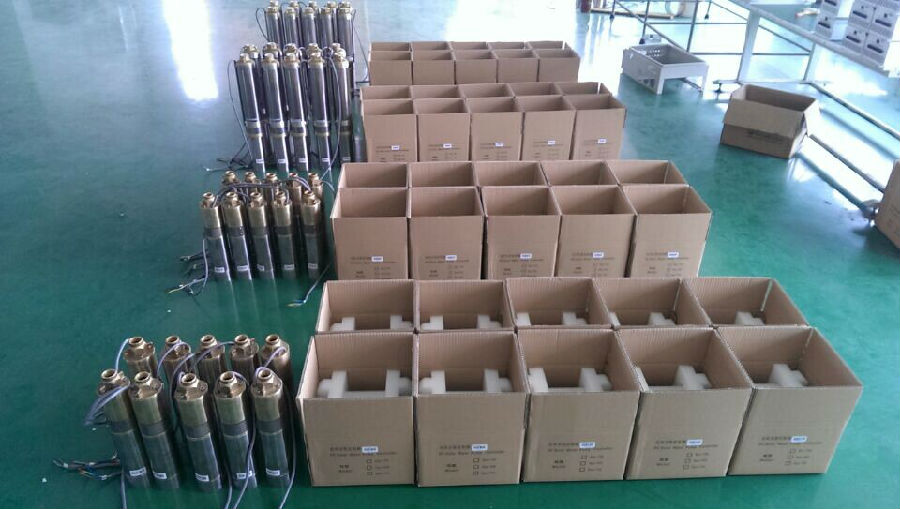
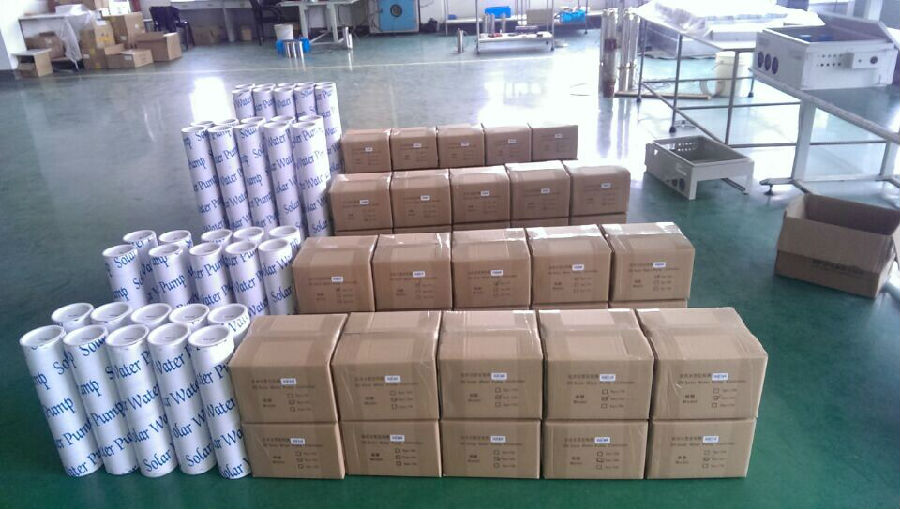

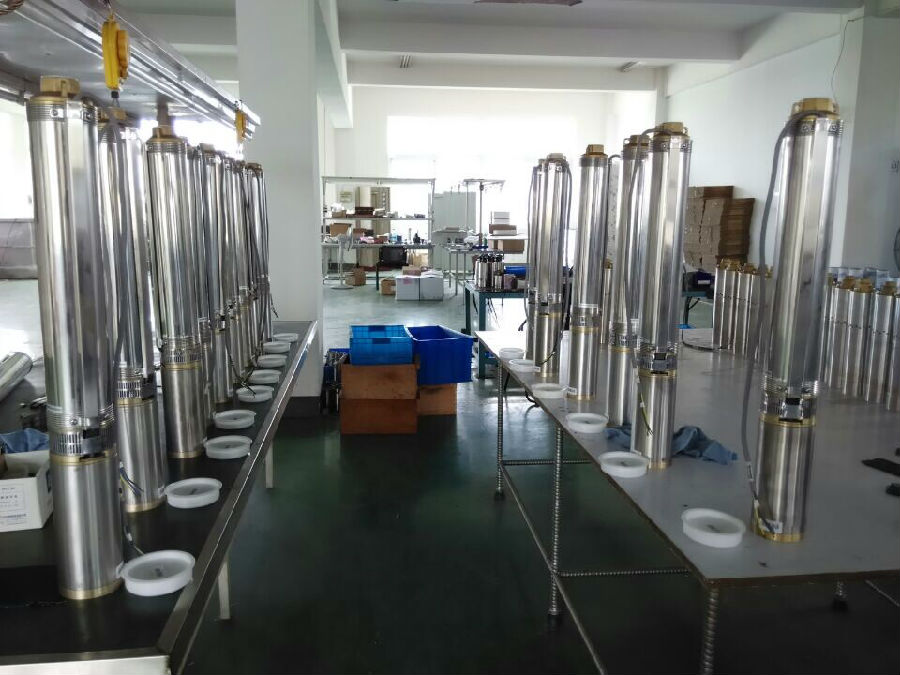
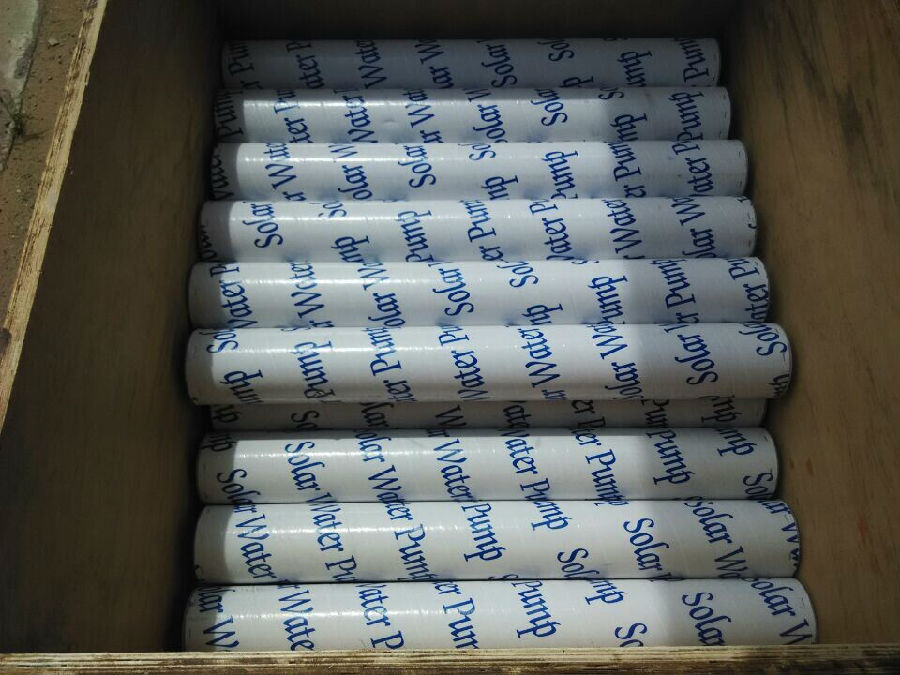
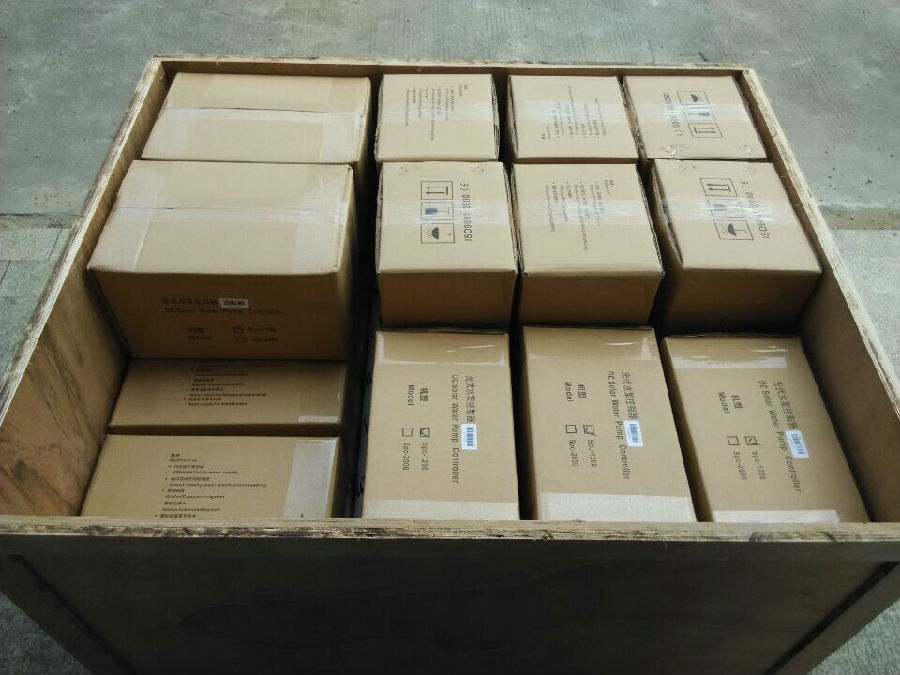
- Q:How does a solar pump handle water with high mineral content?
- A solar pump can handle water with high mineral content by utilizing a filtration system to remove or reduce the mineral content. This helps prevent clogging or damage to the pump components and ensures efficient water flow. Additionally, periodic maintenance such as cleaning or replacing the filters may be required to maintain optimal performance.
- Q:How long does it take to recoup the investment in a solar pump system?
- The duration required to recover the investment in a solar pump system may vary depending on various factors. These factors encompass the initial cost of the system, the extent of energy savings accomplished, and any applicable incentives or subsidies. Typically, a solar pump system can reimburse its own cost within a span of a few years to a decade. This primarily stems from the considerable reduction in energy expenses associated with utilizing solar power. By harnessing the sun's energy, solar pumps can significantly diminish or entirely eliminate the necessity of electricity or fuel to operate the pump. To ascertain the specific payback period for a solar pump system, one must consider the initial investment cost and compare it to the energy savings achieved. It is crucial to take into account the cost of maintenance and any supplementary expenses linked to the installation and operation of the system. In certain instances, government incentives or subsidies can further abbreviate the payback period. These incentives may encompass tax credits, grants, or feed-in tariffs, which can furnish financial support for the installation and operation of solar pump systems. Ultimately, the payback period for a solar pump system hinges upon the specific circumstances and location. Nonetheless, considering the escalating costs of electricity and the growing affordability of solar technology, investing in a solar pump system can prove to be a financially advantageous decision in the long term.
- Q:What are the safety measures to be taken while installing a solar pump?
- Some safety measures to be taken while installing a solar pump include: 1. Ensure proper training: Installers should be adequately trained on the installation process and safety protocols specific to solar pumps. 2. Use appropriate personal protective equipment (PPE): Installers should wear safety gear such as gloves, safety glasses, and non-slip shoes to protect against potential hazards. 3. Conduct a site assessment: Assess the installation site for any potential risks, such as unstable ground or nearby electrical hazards, and take necessary precautions. 4. Disconnect power sources: Before starting the installation, ensure that all power sources are properly disconnected to prevent electric shocks or accidents. 5. Follow manufacturer instructions: Carefully read and follow the manufacturer's instructions for installation, maintenance, and safety procedures. 6. Secure the panels and equipment: Ensure that solar panels, pumps, and any accompanying equipment are securely fastened to prevent accidents due to falling or shifting components. 7. Proper grounding: Establish a proper grounding system to reduce the risk of electrical hazards and ensure the safety of the pump and its users. 8. Regular maintenance checks: Regularly inspect and maintain the solar pump system to identify any potential issues or safety concerns and address them promptly. 9. Consult professionals if needed: If unsure about any aspect of the installation or encountering unexpected complications, it is advisable to consult a professional or seek expert guidance. 10. Follow local regulations and codes: Adhere to relevant local regulations, building codes, and safety standards specific to solar pump installations to ensure compliance and safety.
- Q:Can a solar pump be used for water supply in community gardens or urban farming projects?
- Yes, a solar pump can be used for water supply in community gardens or urban farming projects. Solar pumps are a sustainable and environmentally friendly solution as they utilize the energy from the sun to pump water. They are ideal for remote locations with limited access to electricity and can efficiently provide water for irrigation and other agricultural needs. Additionally, solar pumps require minimal maintenance and operating costs, making them a practical choice for community gardens and urban farming projects.
- Q:Are there any limitations on the water hardness or softness that a solar pump can handle?
- Yes, there are limitations on the water hardness or softness that a solar pump can handle. The main concern is with hard water, which contains high levels of minerals such as calcium and magnesium. These minerals can cause scaling and buildup on the pump components, reducing its efficiency and lifespan. Soft water, on the other hand, usually doesn't pose any significant limitations for solar pumps. However, it's important to note that each solar pump model may have specific recommendations and guidelines provided by the manufacturer regarding water hardness, so it's best to consult the pump's specifications for more accurate information.
- Q:Can a solar pump be used for rainwater harvesting?
- Yes, a solar pump can be used for rainwater harvesting. Solar pumps are designed to run on solar energy and can be used to extract and store rainwater from various sources such as rooftops or open areas. This allows for a sustainable and eco-friendly method of collecting and utilizing rainwater for various purposes.
- Q:Can a solar pump be used in areas with high levels of sediment in the water?
- Yes, a solar pump can be used in areas with high levels of sediment in the water. However, it is important to note that excessive sediment can reduce the efficiency and lifespan of the pump. Regular maintenance and filtration systems may be required to prevent clogging and damage to the pump.
- Q:What is the maximum temperature range in which a solar pump can operate?
- The operational range of a solar pump is determined by several factors, including the kind of solar pump, its components, and the environmental conditions. Typically, solar pumps are designed to function within temperatures ranging from -20°C to 50°C (-4°F to 122°F). However, it is crucial to consider that extreme temperatures can impact the pump's performance and efficiency. Excessive heat may cause the pump to overheat and damage its components, whereas extremely cold temperatures can result in freezing and subsequent malfunctioning. To ensure optimal operation and durability of a solar pump, it is advisable to refer to the manufacturer's specifications and guidelines, as they may provide more specific temperature ranges for a particular model. Additionally, implementing proper insulation and protective measures in extreme climates can help preserve the efficiency and reliability of the solar pump.
- Q:What is the impact of a solar pump on wildlife conservation?
- The impact of a solar pump on wildlife conservation can be significant. By providing a sustainable source of water in remote areas, solar pumps can help create and restore habitats for various wildlife species. Access to clean water supports the survival and reproduction of animals, enabling them to thrive and maintain healthy populations. Additionally, solar pumps reduce the need for human intervention in traditional watering methods, minimizing disturbances to wildlife and their habitats. Overall, solar pumps contribute to the conservation of wildlife by promoting ecosystem balance and enhancing biodiversity.
- Q:What is the minimum sunlight requirement for a solar pump to function?
- The minimum sunlight requirement for a solar pump to function typically depends on the specific model and capacity of the pump. However, most solar pumps require a minimum of 4-5 hours of direct sunlight per day to operate efficiently.
1. Manufacturer Overview |
|
|---|---|
| Location | |
| Year Established | |
| Annual Output Value | |
| Main Markets | |
| Company Certifications | |
2. Manufacturer Certificates |
|
|---|---|
| a) Certification Name | |
| Range | |
| Reference | |
| Validity Period | |
3. Manufacturer Capability |
|
|---|---|
| a)Trade Capacity | |
| Nearest Port | |
| Export Percentage | |
| No.of Employees in Trade Department | |
| Language Spoken: | |
| b)Factory Information | |
| Factory Size: | |
| No. of Production Lines | |
| Contract Manufacturing | |
| Product Price Range | |
Send your message to us
DC Brushless Solar water pump
- Loading Port:
- Shanghai
- Payment Terms:
- TT OR LC
- Min Order Qty:
- -
- Supply Capability:
- 300 set/month
OKorder Service Pledge
Quality Product, Order Online Tracking, Timely Delivery
OKorder Financial Service
Credit Rating, Credit Services, Credit Purchasing
Similar products
New products
Hot products
Hot Searches
Related keywords
